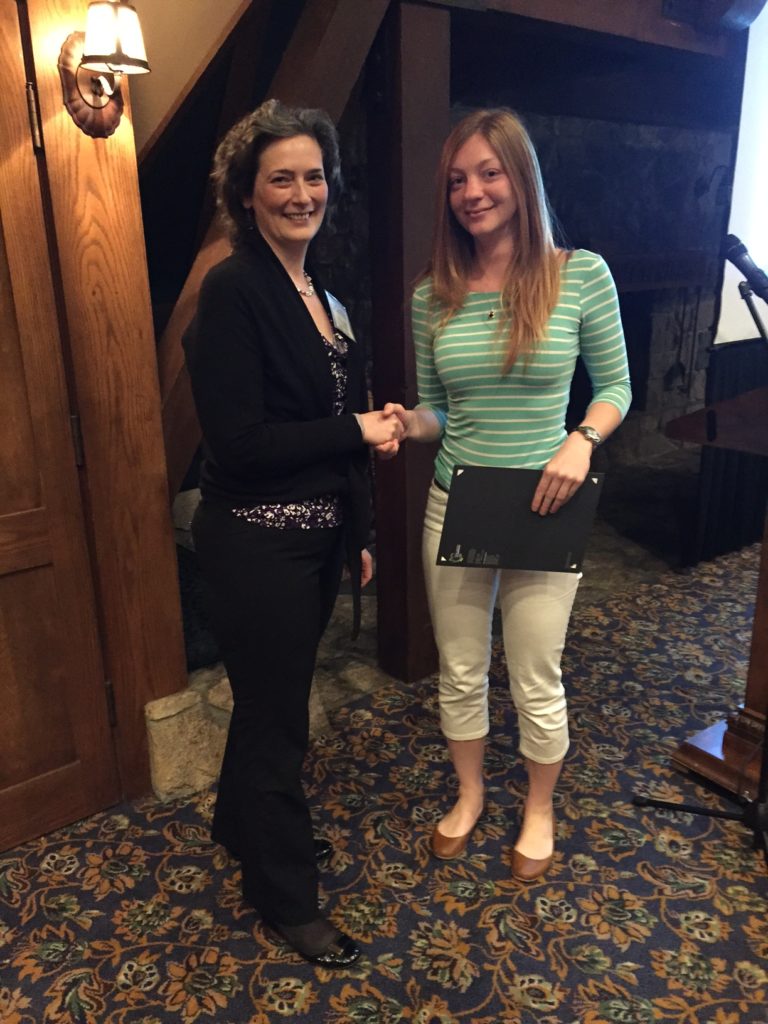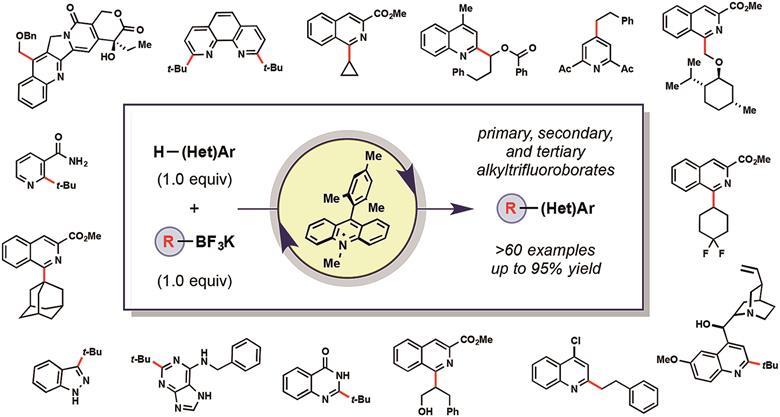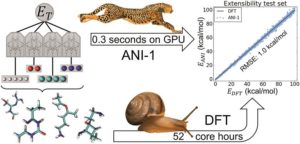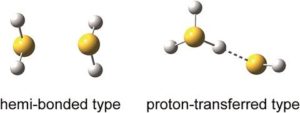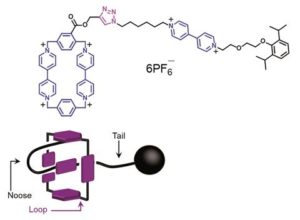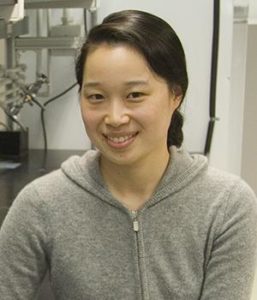The 2017 University of California Symposium for the Chemical Sciences (UCSCS) was held on March 27-29, 2017 at the UCLA Lake Arrowhead Conference Center and was attended by over 100 University of California graduate students and postdoctoral scholars.
The UCCS is a symposium for current graduate students and postdoctoral researchers in all fields of chemistry from all campuses of the University of California. The whole conference is organised by graduate students and postdocs from the UC campuses. The first UCCS meeting was held in March 2016, at the Lake Arrowhead conference center in Lake Arrowhead.
Chemical Science is proud to announce that the Chemical Science lighting tak prize was awarded to Dr Noelle Catarineu from University of California Berkeley. The prize was awarded by Dr Jennifer Griffiths.
Dr Catarineu’s talk was on Reticular Chemistry of Asymmetric Organic Linkers and One-Dimensional Secondary Building Units in Metal-Organic Frameworks.
Congratulations Noelle!


